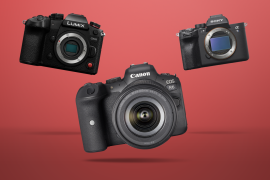Opinion: Apple nearly sold me on the iPhone XR, but the screen killed it
It's so close to the iPhone XS, and yet so very far off
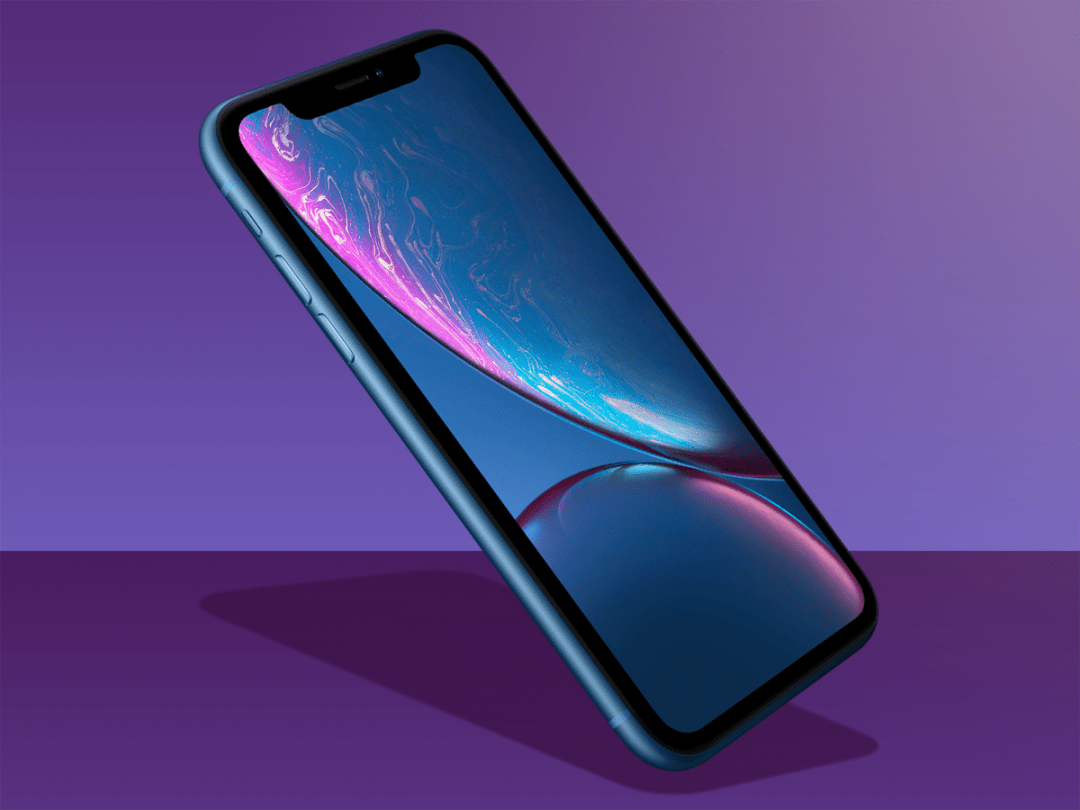
I went into Apple’s iPhone XS reveal event this week fully expecting that I’d finish the day making plans to buy the super-sized iPhone XS Max. And that’s exactly what happened. But for a moment there, I seriously considered swapping down to the iPhone XR.
There’s so much to love about Apple’s entry-level 2018 iPhone. It has the same kind of edge-to-edge screen and design aesthetic as the iPhone X and now iPhone XS, it packs in the same powerful new A12 Bionic chip, and the single back camera matches the main one on the XS models, delivering the impressive Smart HDR capabilities. All of that checks out.
And then it has colour: bright blue, red, and orange options in the mix, with an aluminium frame stylized to match. I don’t need stainless steel and understated elegance: I want personality and pop, and the iPhone XR has that in a way that the iPhone XS simply does not. Between the colours, key specs, and idea of spending less with each monthly payment, I was just about fully onboard the iPhone XR train – to my own surprise.
But then the other shoe dropped, and the rumours were confirmed: Apple still saddled the thing with a low-resolution display. It’s baffling to see a £749+ flagship phone in 2018 with anything less than a 1080p panel, and Apple went well below that once again with the iPhone XR. Many of the “downgrades” on the iPhone XR seem entirely reasonable and even tolerable, but that’s where Apple lost me.
Eyeing the XR
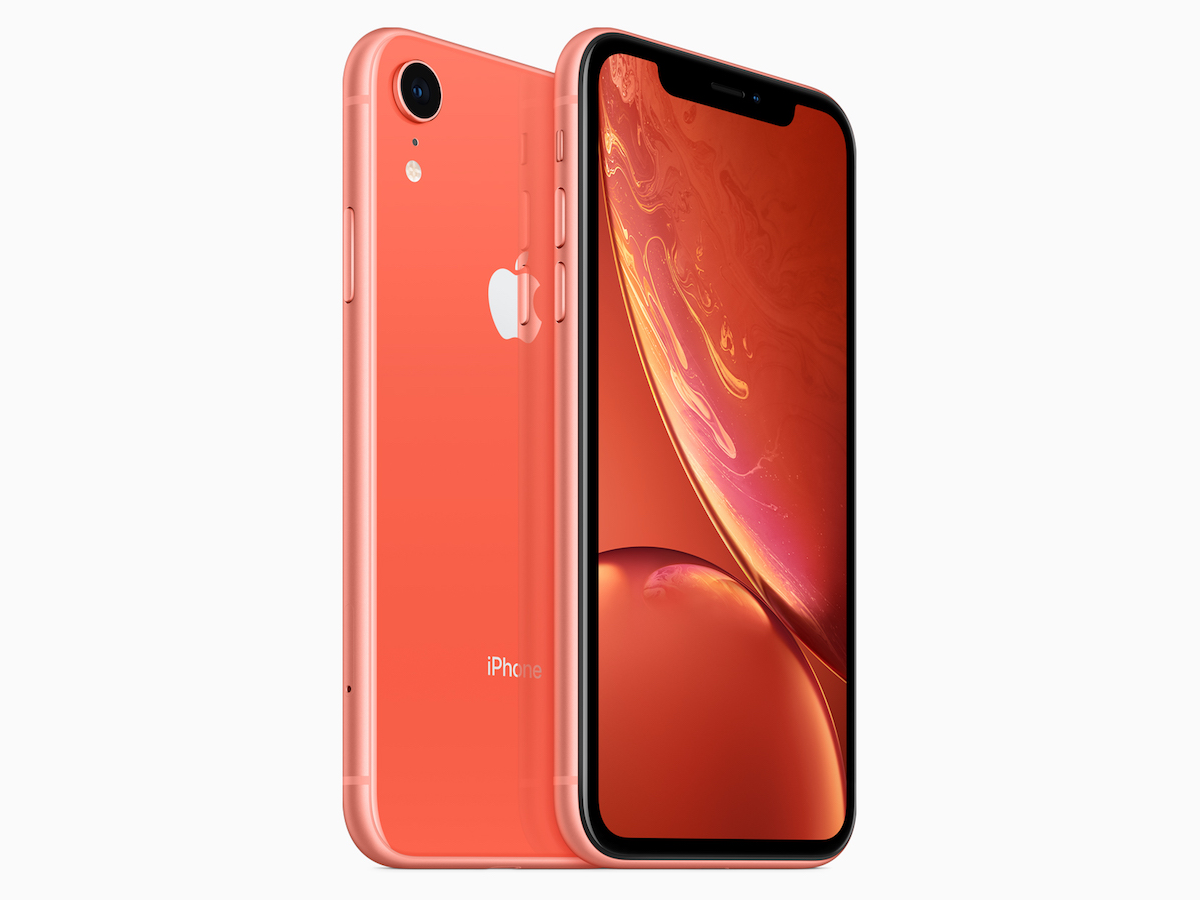
I love my iPhone X. It’s fast, the screen is beautiful, the gesture controls are fantastic, and it’s perfectly sized for one-handed use. And no, the notch doesn’t bother me one bit.
But I also greatly miss the iPhone 7 Plus I wielded before that. It was awkwardly large, sure, but there was something I loved about handling an enormous phone, even if it took me a long time to appreciate the added size. When rumours suggested a pair of larger iPhone X-like successors, I knew I’d probably switch to one of them.
With a 6.1in display, the iPhone XR is just a bit larger than the iPhone X, and with the same kind of interface and TrueDepth camera in play. And some of the compromises seemed perfectly fine, even after a year with Apple’s highest-end phone to date.
Ditching the second back camera? I might miss that sometimes, but the iPhone XR’s software-aided Portrait mode can probably fill enough of the gap. Losing 3D Touch? Take it – I never use it.
Glossy stainless steel frame? Shrug. As mentioned, the iPhone XR’s vibrant colours and matching aluminium frames are much, much more appealing to me. And shedding £250 in the process? I’m fully onboard with that.
As soon as I saw the screen specs listed, however, I was out. No iPhone XR for me.
On a flagship? Really?
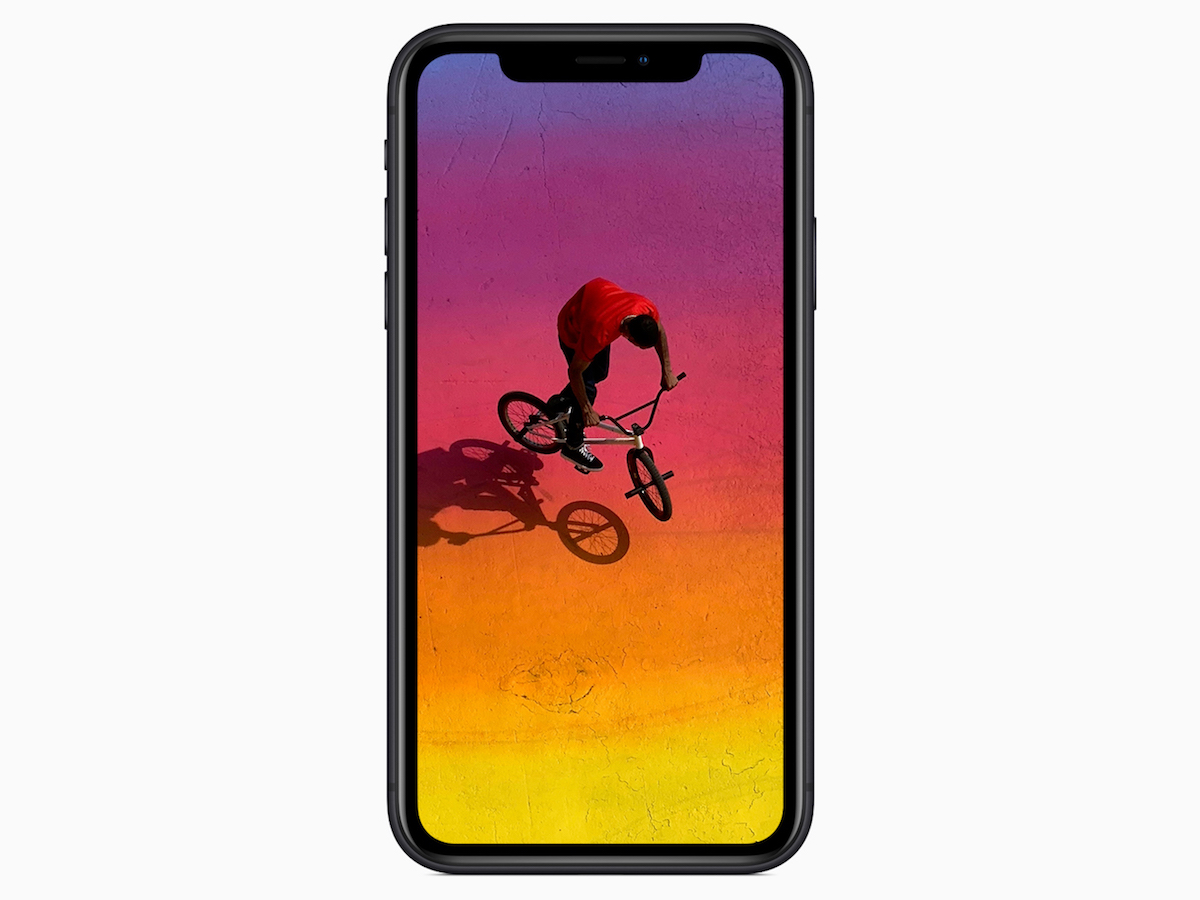
The iPhone XR’s resolution has been bumped to 1792×828 over the 1334×750 tally of the iPhone 8, but the pixels-per-inch count remains the same: 326 ppi. Believe it or not, that’s the same exact ppi as the original Retina display on the now-tiny iPhone 4 – from 2010. That impressed back then, but smartphone screens have made such strides in the meantime.
There’s no doubt about it: the iPhone XR screen is going to look fuzzy. Will it be tolerable? Absolutely, I’m sure. Apple always puts great panels on its phones, and the company claims that its Liquid LCD is the most advanced LCD ever seen on a smartphone. It boasts impressive colour accuracy and True Tone technology to adjust the white balance to the light around you.
But that can’t help but feel like window dressing on an outdated, underwhelming spec. Full HD 1080p panels are absolutely standard today and have been for years now, and while you’ll still see cheap phones use 720p panels, no competing flagship phone would dare dip below the 1080p line. In fact, there are budget phones a quarter of the price of the iPhone XR with very good 1080p screens in tow.
Hell, the iPhone 8 Plus had a pretty great 1080p display. Put a 1080p LCD panel on the iPhone XR and it would do wonders for the device. Even if it was bumped up to £799, that would probably be my next phone.
Apple just won’t budge, however. The company clearly sees the 326ppi count as standard, and as phone sizes grow, they’re just bumping the resolution to maintain that standard. It’s fine, but if I’m spending £749+ on a smartphone, I don’t want fine. I want amazing. Bare minimum, I want pretty great in nearly every respect. An 828p smartphone display can’t deliver that.
All according to plan
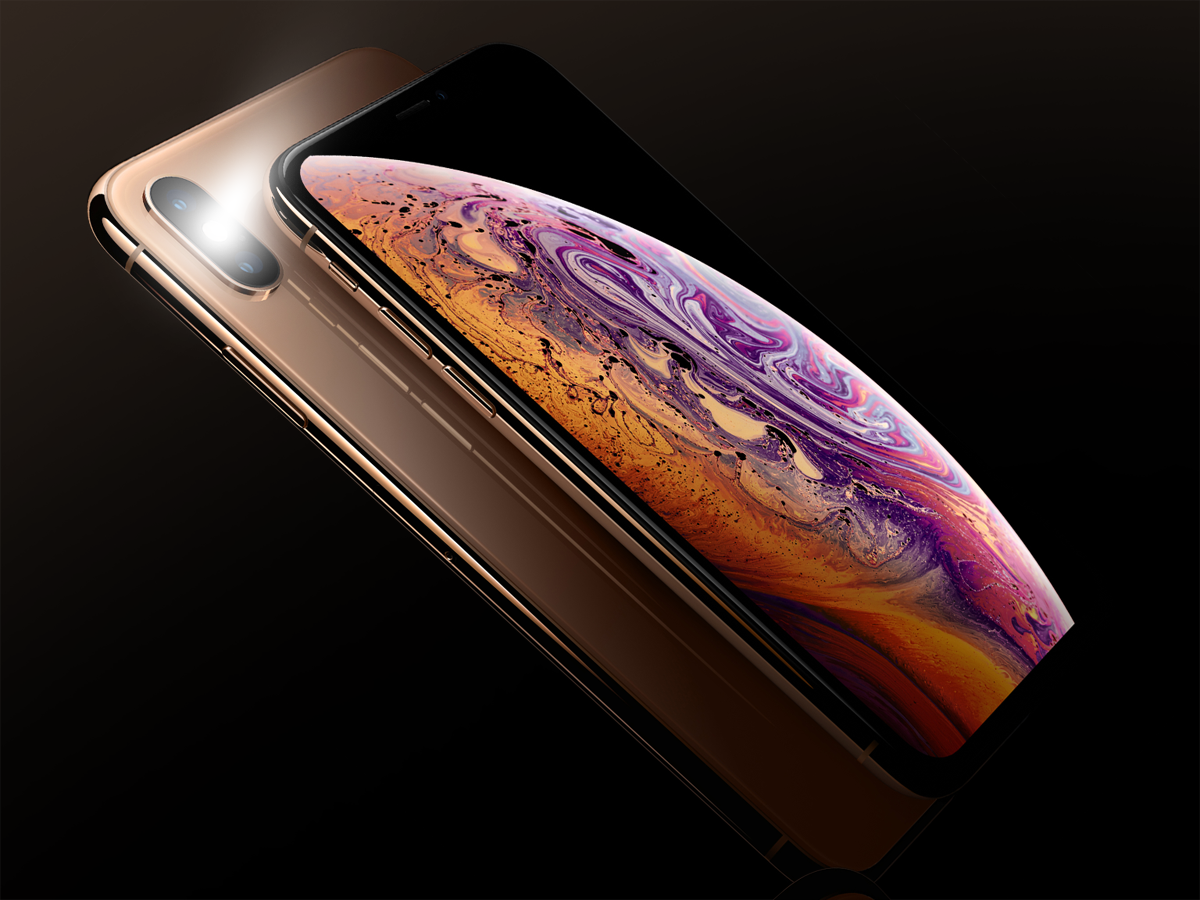
But that’s the business model. The iPhone X sold in droves at £999, and the quarter-cheaper version of that is going to take a few hits. Apple needs to differentiate the handsets, and this is one obvious way of doing so. But that’s a deep, deep cut, and one that’s sure to degrade the quality of the experience for a phone with a price tag that conveys cutting-edge status.
At the end of the day, it’s mission accomplished for Apple. The cheaper phone might be alluring in unique ways, but I can’t justify the sacrifice in quality when the screen is the window through which you experience everything on a smartphone. So I’ll swap my iPhone X for the iPhone XS Max, which costs about as much as a MacBook, although the Apple Upgrade Program means I’ll just pay a smidge more monthly going forward.
And I’ll probably love the iPhone XS Max. But there will always be that part of me that wishes I’d snagged the bright, fun, cheaper, and still-plenty-powerful phone instead. If only it had a screen built for 2018.
Also Read › Apple iPhone XS Max hands-on review



